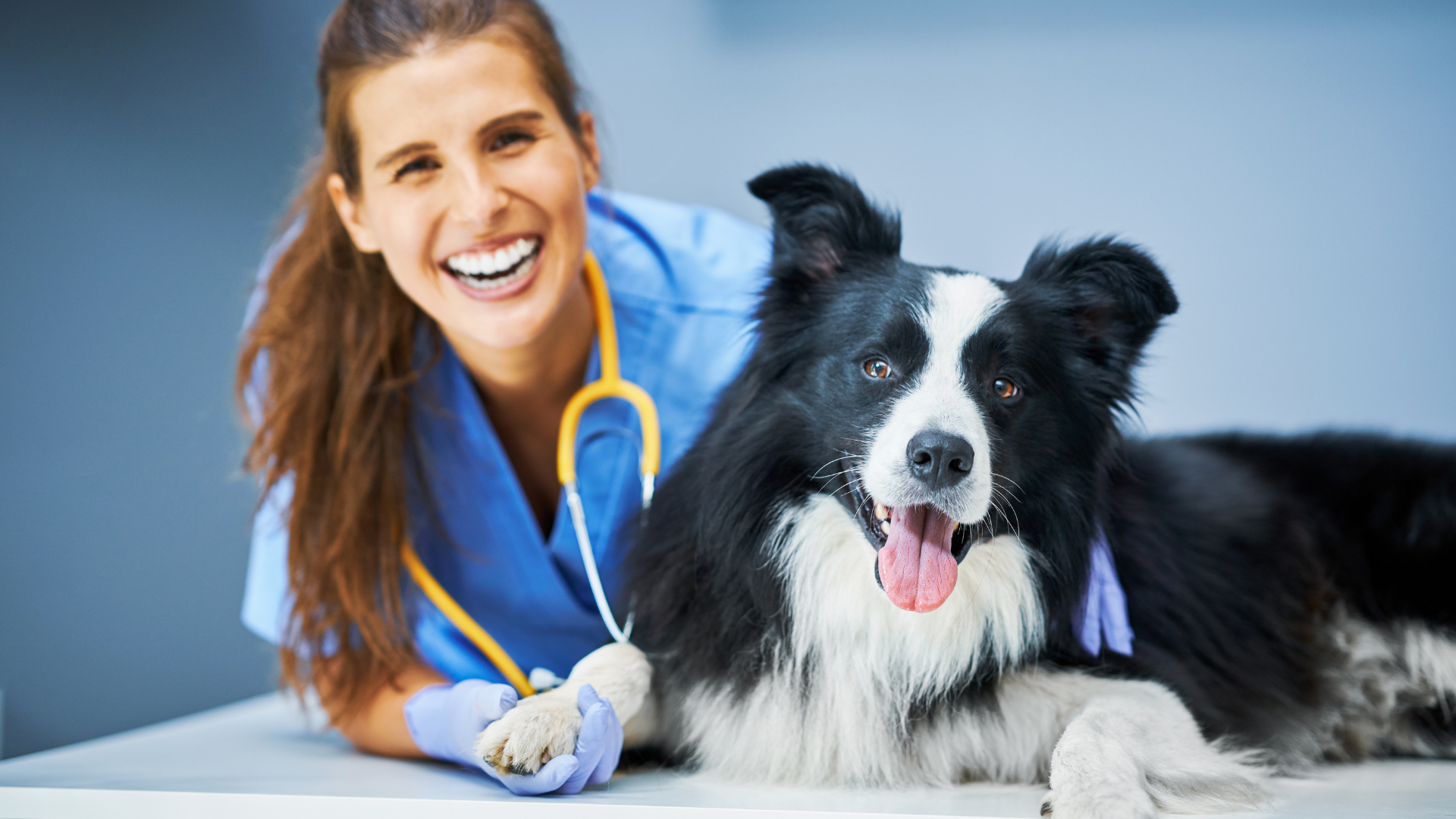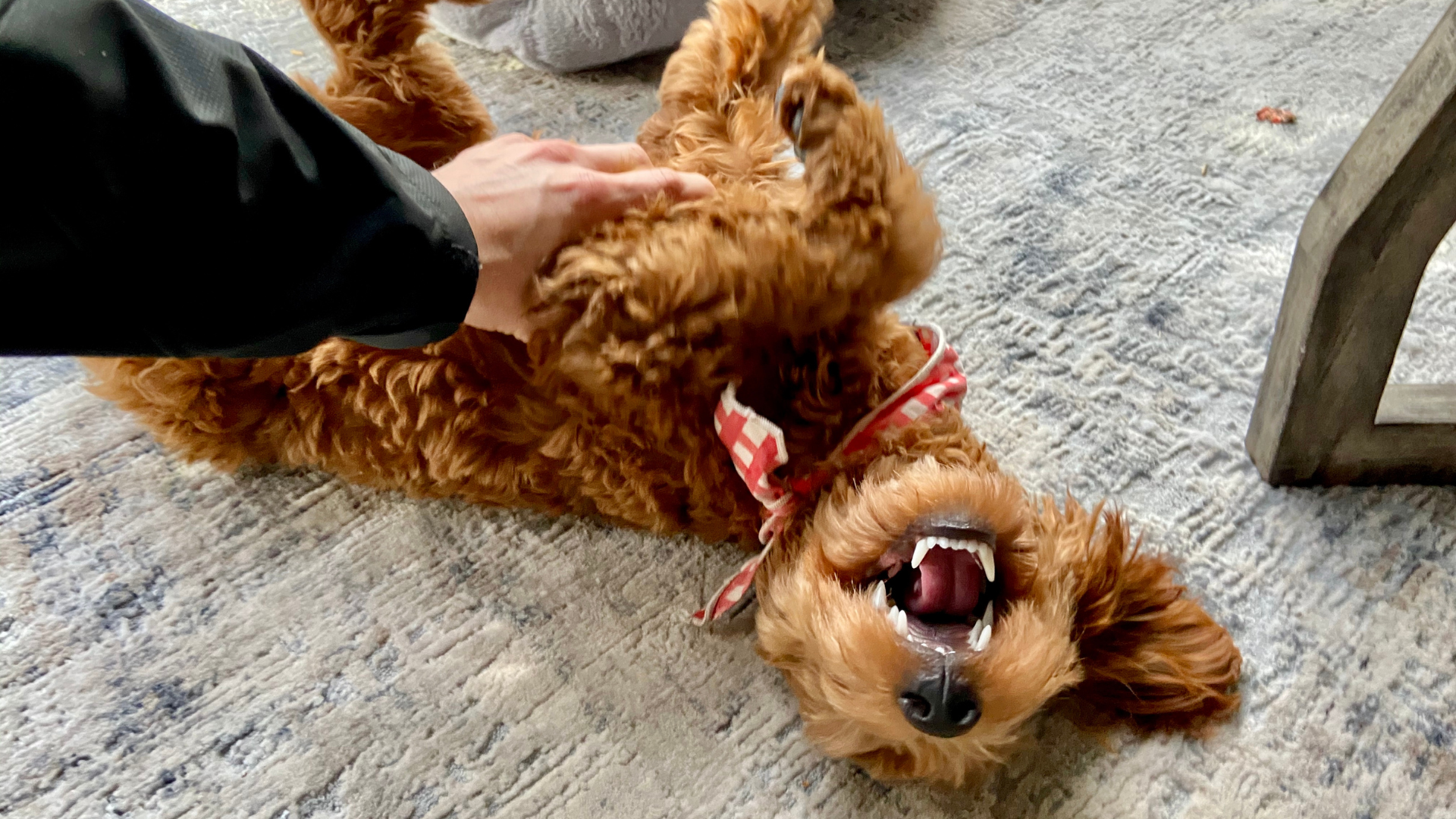If you’ve ever wondered how to better communicate with your dog and improve their behavior, the video “HOW TO TEACH A DOG ANYTHING! With Cesar Millan!” on the Cesar Millan YouTube channel provides an insightful approach to dog training that you can easily incorporate into your everyday routine. In this video, Cesar Millan and his assistant Sophia explain the powerful concept of the “point of reference” and how it can be used to teach your dog anything, from basic obedience to more advanced behavior modifications.
In this blog, we’ll dive deep into the methods shared in the video and break down the importance of the point of reference for your dog’s emotional and behavioral development. We’ll also discuss practical tips on using this technique for training and how it can help foster a stronger bond between you and your dog.
Understanding the Point of Reference: The Key to Effective Dog Training
The concept of the point of reference is one of the most essential principles for teaching dogs. A point of reference is a specific place or object that your dog associates with safety, discipline, and emotional security. According to Cesar Millan, this method is not just about getting your dog to follow commands, but about creating a deeper emotional connection based on trust, love, and respect.
Three Main Points of Reference for Dogs
In the video, Cesar Millan explains that dogs have three main points of reference in their lives:
-
Home (Emotional and Moral Learning)
Your home is where your dog learns emotional cues and values like loyalty, respect, and trust. Just like children learn basic values at home, dogs begin to understand their role in your family here. -
Environment (Discipline and Exercise)
Dogs learn discipline and structure in the environments they interact with, such as outdoor areas or other locations where they practice commands, walk, or engage in play. -
Social Interaction (Pack Members and Play)
Socializing with other animals and people is crucial for a dog’s well-being. By interacting with different members of their pack—both human and canine—dogs learn social behaviors and appropriate responses to various situations.
Relating the Dog’s Points of Reference to Human Life
Cesar explains that just as dogs have these physical and emotional points of reference, humans also have corresponding areas in their lives: spirituality, intellect, emotion, and instinct. These areas shape how humans interact with the world around them and also influence their relationships with animals.
By understanding and honoring these connections, we can teach our dogs in a way that resonates with their instincts and emotions, creating a deeper and more meaningful relationship.
How to Use the Point of Reference in Dog Training
Now that you understand the theory behind the point of reference, let’s explore how you can apply it practically when training your dog. The key is to help your dog return to their point of reference during times of stress or distraction, reinforcing calmness and focus.
Creating a Neutral Environment for Training
Cesar Millan stresses the importance of a neutral environment when working with your dog. This ensures that your dog isn’t distracted by too many stimuli, which can hinder their ability to focus. A quiet room, a small area, or even a corner of your home where your dog feels safe will work best.
Using a Physical Object as a Focus Point
To further enhance your training sessions, Cesar recommends using a physical object as a “point of reference.” This could be something like a table, a mat, or even a specific spot in your home. When your dog focuses on the object, you can encourage eye contact and improve communication. This physical anchor strengthens the bond between you and your dog and helps reinforce calm behavior.
Understanding Your Dog’s Motivators
To keep your dog engaged during training, it’s crucial to understand their motivators. Whether it’s food, toys, or your attention, Cesar advises using these rewards at the right moment. One of the training tips shared in the video is to keep food sealed until you are ready to reward your dog. By delaying the reward, you increase anticipation, making the reward even more powerful when it finally arrives.
Rewarding Calm and Focused Behavior
The point of reference can also help your dog learn self-control. By teaching them to return to or stay at a specific place, you set clear behavioral expectations. Reward them only when they are calm, focused, and in the designated spot. Over time, your dog will understand that good behavior leads to positive reinforcement, which strengthens the training process.
Emotional and Psychological Benefits of the Point of Reference
Cesar Millan emphasizes that the point of reference is not just a physical concept but an emotional and psychological anchor. Dogs, like humans, need a safe space where they can feel calm, especially during stressful situations. Whether it's a family gathering, a holiday, or any busy event that might overwhelm your dog, having a clear point of reference helps them navigate chaotic environments.
Home as a Foundation of Emotional Security
At home, your dog learns more than just commands—they absorb emotional cues. Just as children feel safe with their families, dogs thrive in an environment where they feel loved, secure, and respected. Training them to return to this safe space during stressful situations strengthens their emotional bond with you.
Linking the Point of Reference to Behavioral Expectations
By consistently using the point of reference as a place for calmness and focus, you teach your dog that certain behaviors—like staying in one spot or responding to commands—are expected in specific contexts. This helps them understand discipline and patience, which are crucial elements in obedience training.
The Universal Application of the Point of Reference
The beauty of this technique is its universal application. Regardless of your dog's breed, size, or environment, the point of reference can be a valuable tool for training. Whether you’re teaching your dog basic commands or managing more complex behavioral issues, this approach can help foster better behavior, reduce anxiety, and strengthen the bond between you and your pet.
How the Point of Reference Strengthens the Human-Dog Bond
Ultimately, Cesar Millan’s point of reference method isn’t just about teaching dogs to follow commands—it’s about building a relationship based on trust, respect, and love. When we honor the emotional and psychological needs of our dogs, we deepen our connection with them, which results in better behavior, stronger bonds, and a happier life together.
Incorporating this approach into your training sessions will help you create a safe, focused, and loving environment for your dog, whether you’re at home, on a walk, or dealing with other stressful situations.
For more insights on creating a calm and clean environment for your dog, check out our Carpet Deodorizers, Laundry Powders, and All-Purpose Cleaners, designed to keep your home and dog’s belongings fresh and free of any unwanted odors.
By following the principles discussed in the “HOW TO TEACH A DOG ANYTHING!” video and using the point of reference in your training sessions, you’ll be well on your way to building a stronger, more harmonious relationship with your dog.
For more tips on dog care and training, explore our blog to keep up with the latest insights from experts like Cesar Millan.


















